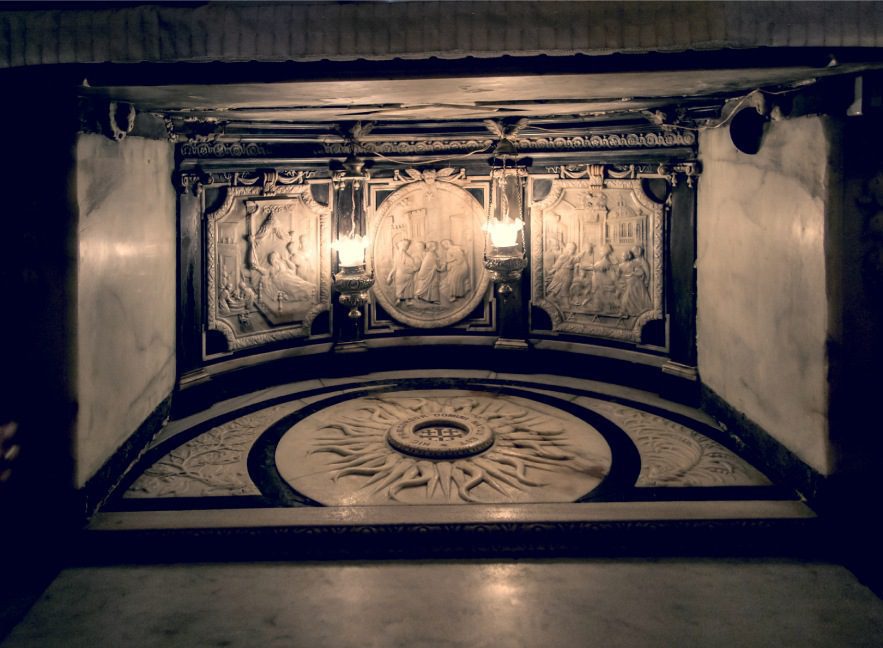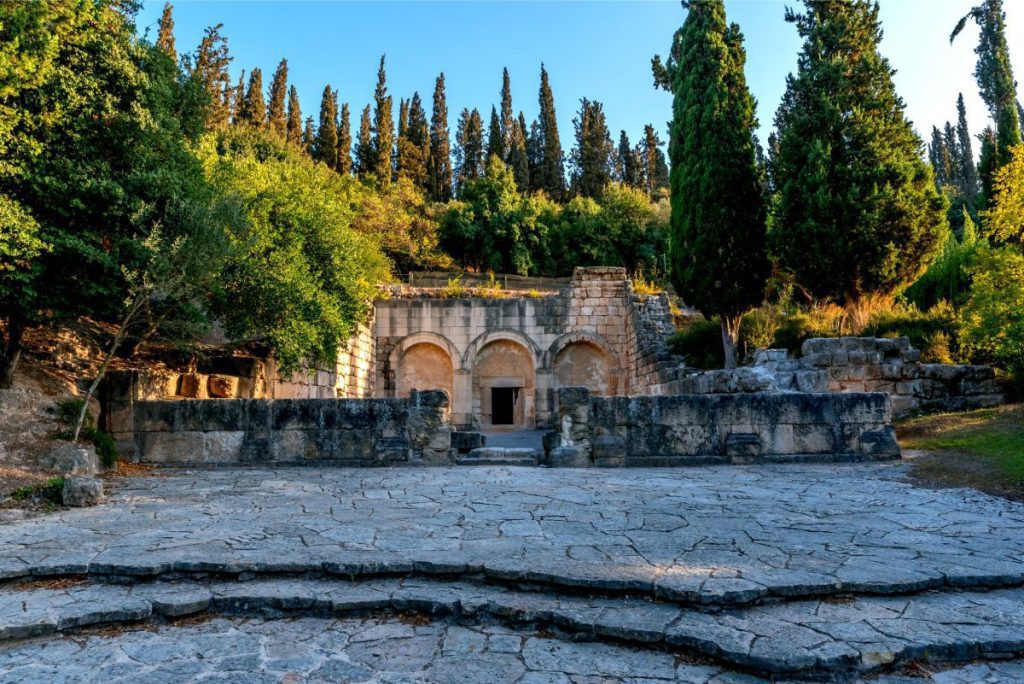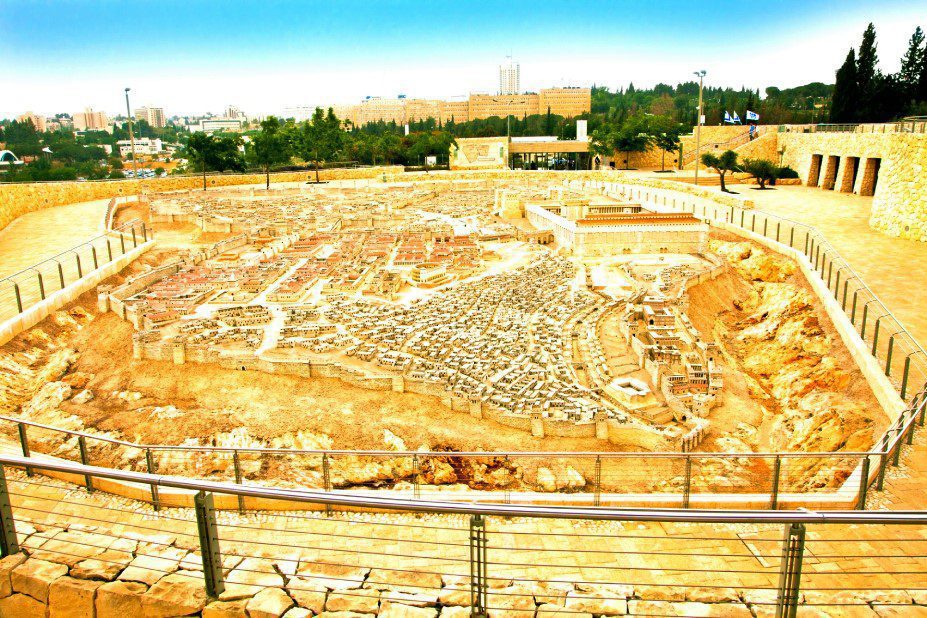Caiaphas and the Sanhedrin is quite an interesting episode in the last hours of Jesus. At the time of Jesus, the Sanhedrin was a supreme legislative, judicial and executive body of the Jews in both civil and religious matters. We have only hazy indications of its origin and history. It consisted of seventy members, presided over by the high priest, bringing a total of seventy-one members. The Sanhedrin was strictly aristocratic. They represented the wealthy; the learning; the political power and the religious influences that dominated the nation.
There is no sufficient information to know who made up a part of the Sanhedrin. It’s possible they were men who were neither chief priests nor scribes but who merited the high office of the Sanhedrin because of wealth or political and religious influence. At the time of Jesus, the Sanhedrin had been deprived of the power over life and death. There was also a general limitation on the power of the Sanhedrin in the fact that the Romans could interfere at will in any case, or in any manner that pleases them.
Caiaphas: the High Priest at the Time of Pontius Pilatus
Few facts are known about Caiaphas, but these few are revealing. That he married a daughter of the great Annas is proof that he was a member of one of the highest-ranking priestly families. Caiaphas was remarkable for the record length of time he held the office of the high priest – from 18 C.E. TO 36 C.E., The length of his term in office is evidence that Caiaphas was cunning, rich, and venal.
John the Baptist In Mark

At the time when others could manage to maintain themselves in office for only a year or two, he held for eighteen years. To do this he must have pleased and bribed the Roman authorities that use to put up for sale for the highest bidder those high-ranked public office positions.
Caiaphas and the Sanhedrin: What were the Accusations Against Jesus?
When we read the Gospels we can see what most aroused enemies against Jesus: breaking the Sabbath; the cleansing of the Temple; the triumphal entry into Jerusalem on the preceding Sunday; and above all, Jesus’ claims to be the Messiah and a divine person. Eventually after not being able to bring witnesses to support their claims. As a last resort when the Sanhedrin was trying to make Jesus admit he is the Messiah and this caused his condemnation by the Sanhedrin as a blasphemer.
Caiaphas, drawing himself up to his full height and fixing his eyes on Jesus he asked in a voice that was like a solemn intonation.
“I charge you under oath by the living God: Tell us if you are the Messiah, the Son of God”
(Matt. 26:63)
The moment was tense. Caiaphas had played his last card. Beyond this, there was nothing that could be done with any certainty of success.
“You have said so, Jesus replied, “But I say to all of you: From now on, you will see the Son of Man sitting at the right hand of the Mighty One and coming on the clouds of heaven.”
(Matt. 26:64)
The Sanhedrists must have gasped at Jesus’ words. Jesus’ claim to be the Messiah was bad enough. But that his claim also to be equal to God was the rankest blasphemy to these formalists who avoided even pronouncing the name of God. Looking on both sides of him at his fellow judges, Caiaphas cried out: “He has blasphemed; what further need have we of witness?”
Caiaphas and the Sanhedrin: Jesus Sentenced For Death
The Gospel narratives leave no doubt that Jesus was condemned to death by the Sanhedrin for blasphemy. The so-called blasphemy for which the sentence of death was passed upon Jesus was his public and solemn testimony that he was in a literal and unique sense the Son of God and therefore a Divine Person.










